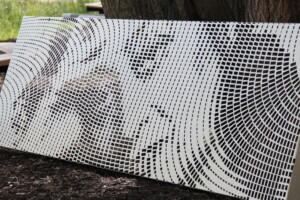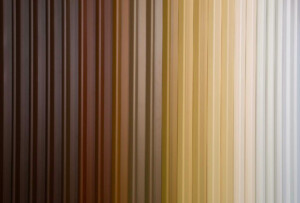AN Interior’s annual survey checks in with leading architects and designers across North America to see which materials they’re specifying and why. Influenced by numerous factors, including geographic location, budget, and aesthetic preference, the results yield a snapshot of the moment’s design sensibilities. This year, metal has taken centerstage. In various forms—mesh, chain, oxidized, and polished—the material is lauded for its versatility, malleability, and contemporary sophistication. Revisiting the classics for moments of reinvention continues to trend, with MDF (medium-density fiberboard) making a somewhat surprising appearance. Often obscured behind more desirable finishes, the product is having its day in the sun thanks to modern technology. The newcomer in the lineup is timber terrazzo, which offers a sustainable twist on a trendy surface. Throughout, the value in the exercise is not in the materials themselves, but in how talented designers put them to creative use.
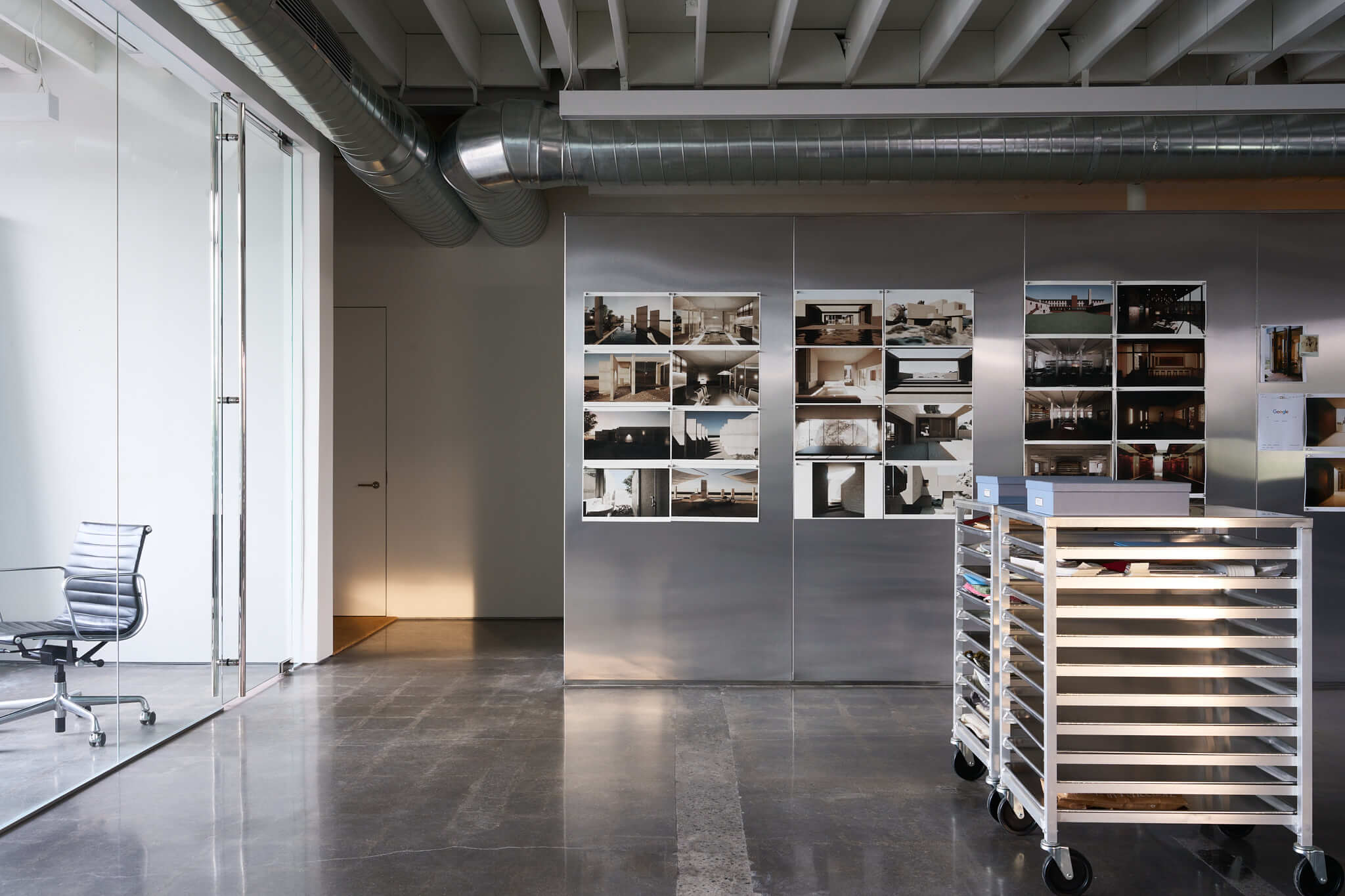
Founders: Adam Charlap Hyman and Andre Herrero
“Stainless steel has been a material that we have been incorporating a lot recently. In our Los Angeles office we used 430 stainless steel panels to divide the space between the utility zone and the open bay of desks. The steel’s reflections amplify the exterior lighting conditions and help to bring in the verdant landscaping in an abstract way. 430 stainless is a ferritic grade, which makes it very magnetic, so it also doubles as a pinup presentation wall. It’s especially beautiful when paired with a softer, more natural material, like an abaca rug.”
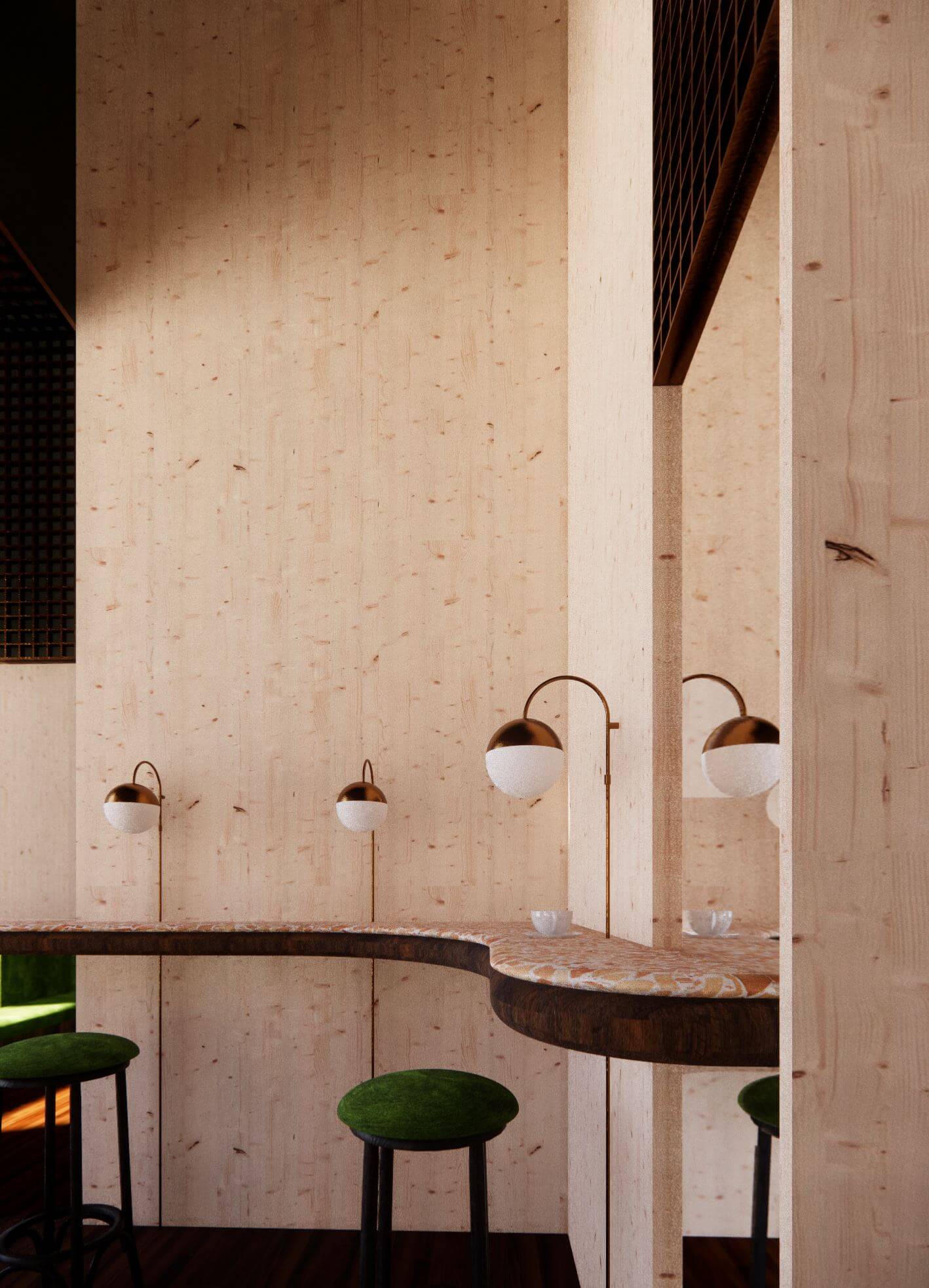
Founders: Lindsey Wikstrom and Jean Suh
“Foresso’s timber terrazzo combines wood waste produced b manufacturing processes and demolition to create a new material. We love innovations like this that reduce the amount of mineral-based materials in the world, because those materials usually require a lot more energy to manufacture and ship. Plant-based materials require less processing in a factory, reducing the amount of fossil fuels used to turn them into a useful product. They also tend to be lighter weight, reducing the amount of fossil fuel used during shipping. And not only is timber terrazzo plant-based, but it upcycles material that would have otherwise ended up in the landfill. We’re using it in Bar Cicchetti, a small bar in Soho which will also feature laminated timber and reclaimed industrial timber. Using open corners, the design creates a space that’s both small and expansive, cozy and explorative, like discovering the small streets of Venice.”
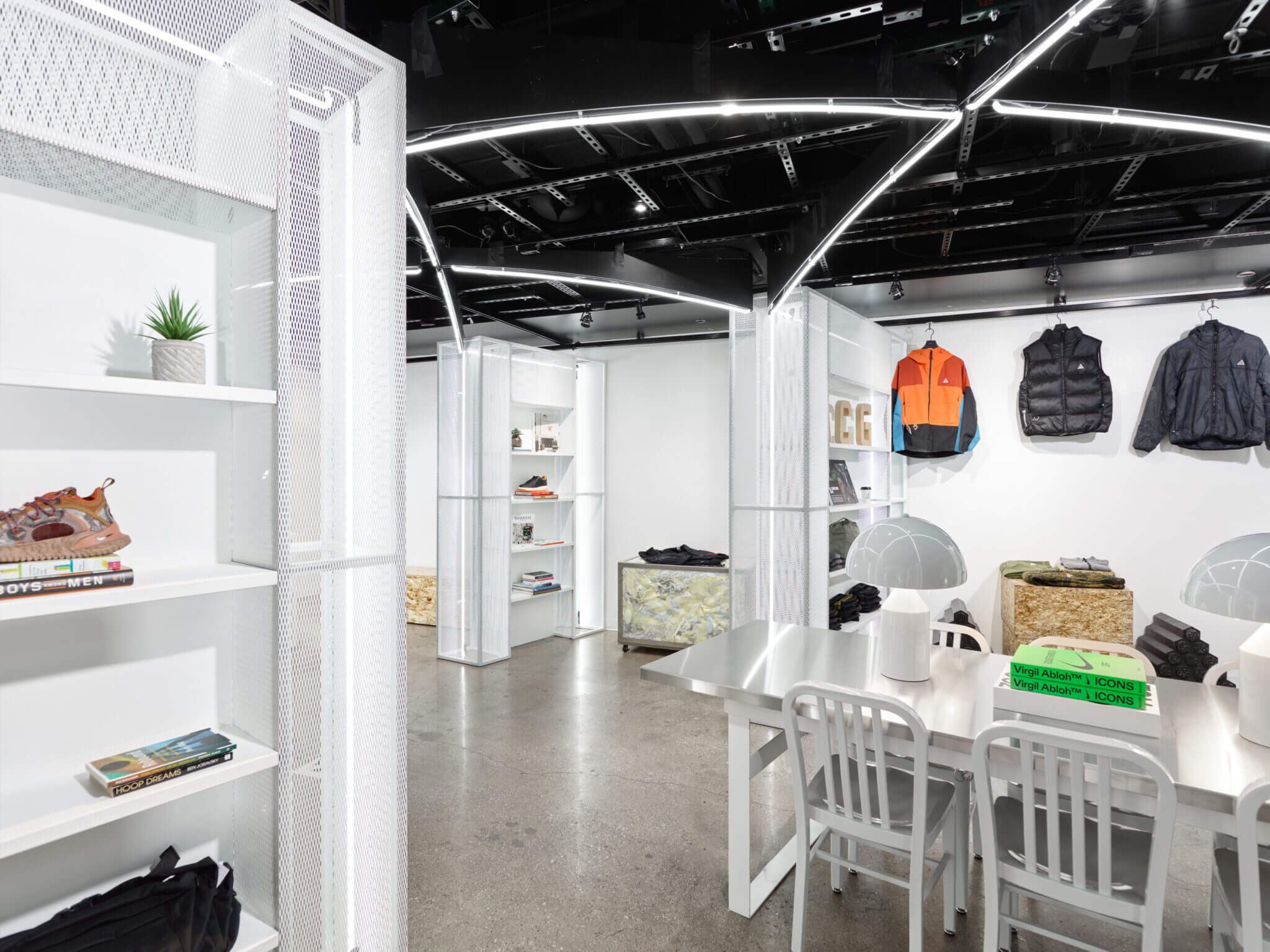
Founders: Ann Lui and Craig Reschke
“Last summer, one of our interns jokingly said, ‘Future Firm never met a metal mesh they didn’t like.’ On one hand, this was an excellent example of his dry humor. On the other hand, like all good jokes, it captured a fundamental truth about our design aesthetic. ‘What is it about perforated metals that is irresistible?’ we wondered. Mildly reflective, obscuring and revealing, structurally stiff but still fabric-like. We realized we always seek out materials that don’t create fixed boundaries. Ones that blur, distort, and layer, rather than separate. To this end, we use McNichols’s wide variety of perforated metals on almost all our projects as furniture, partitions, and exterior wall coverings. At Nike School Chicago, no. 18 carbon steel expanded metal mesh with quarter-inch openings contributes to a reimagining of a collegiate Gothic–style reading room in bold, minimal materials for an unconventional learning space.”
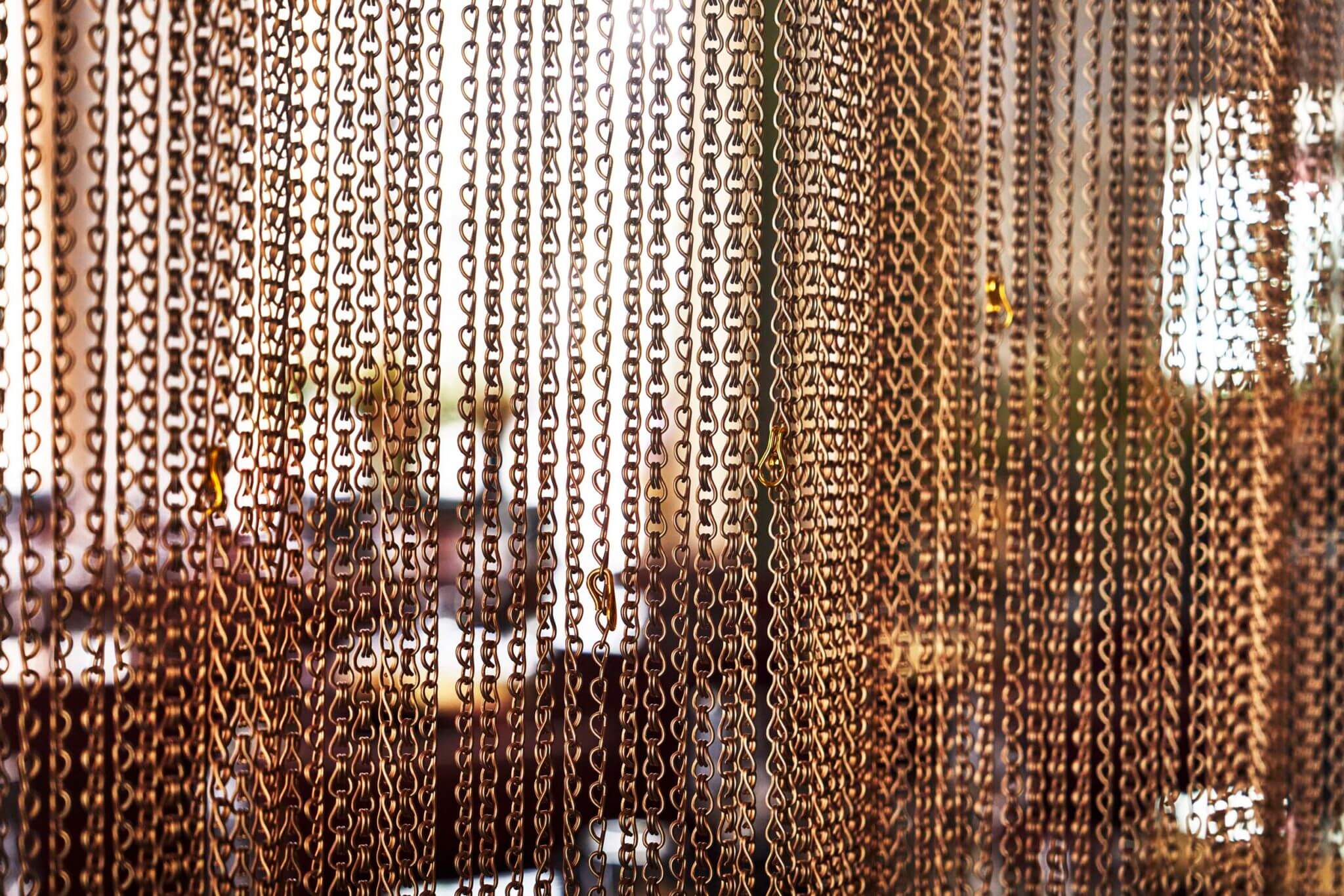
Partner/Creative Director: Jonathan Garnett
“We have used Kriskadecor metal chain curtains in several of our projects because we’re inspired by the material’s distinctive ability to achieve varied effects, depending upon its exact application. The options for link sizes, finishes, densities, and other custom effects mean that we can use the material to shape privacy and transparency in elegant and highly nuanced fashions. In one of our recent hospitality projects, Tatiana by Kwame Onwuachi at Lincoln Center, we covered expanses of floor-to-ceiling glazing with Kriskadecor chain curtains to provide privacy for guests while also preserving the ability to see out to the public spaces beyond. As much as we love the glow of the satin bronze finish, the sound it makes when it sways makes the product all the more multidimensional and surprising.”
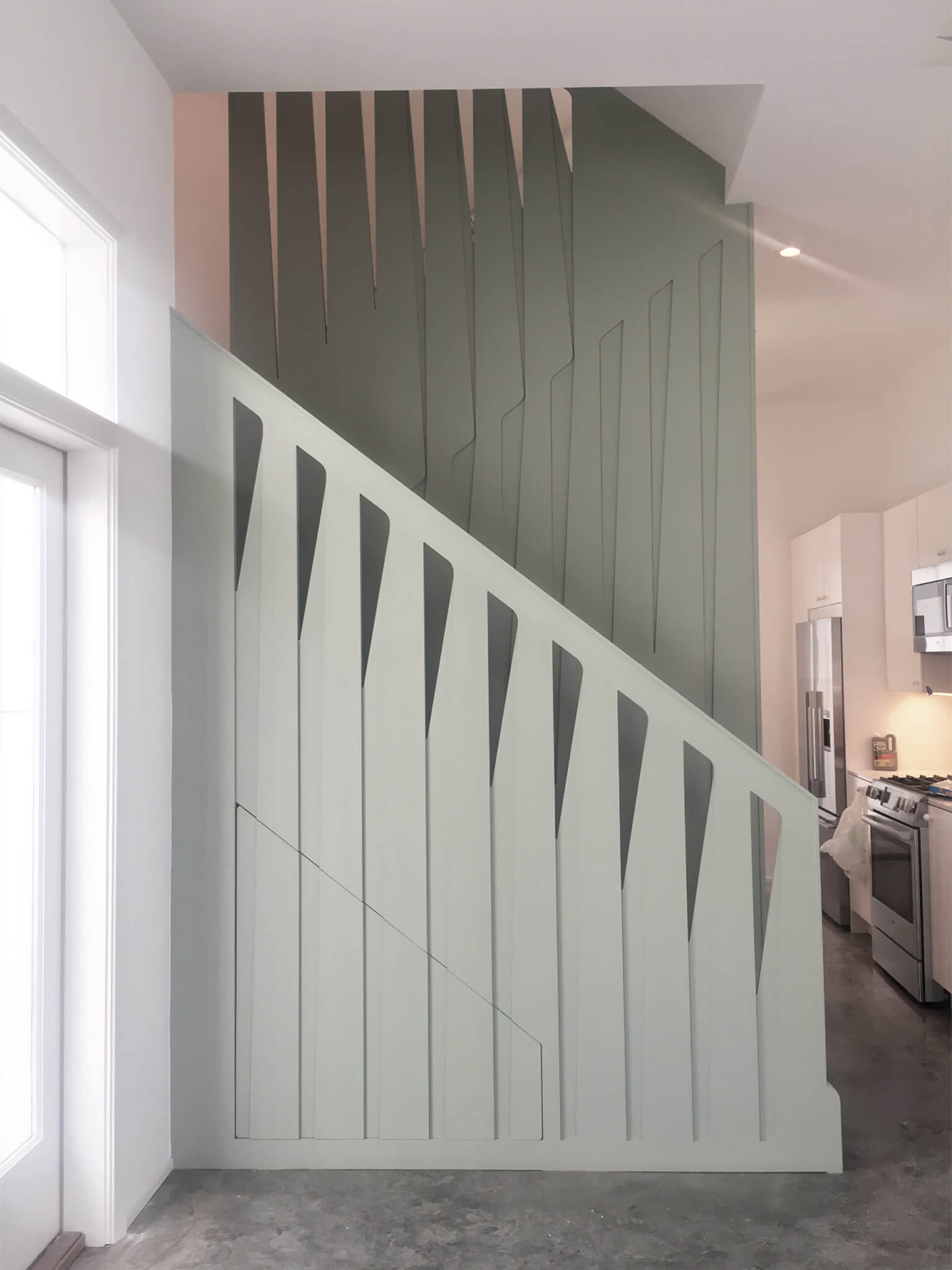
Founder: Jonathan Tate
“Of late, when opportunities for particularizing materials, surfaces, or details in our work emerge, we routinely find ourselves reaching for the humble, ubiquitous, infinitely adaptable wonder board: MDF. Instead of background—or backer—roles, it is a center-stage material for us. Appliqué, filigree, customized trim and detailing, railings, even minor structural components—we’ve used MDF for any and all of these uses and many more. With a bit of imagination and a CNC router, what are often rote moments in a project can be expressive, finessed, and, we think, special.”
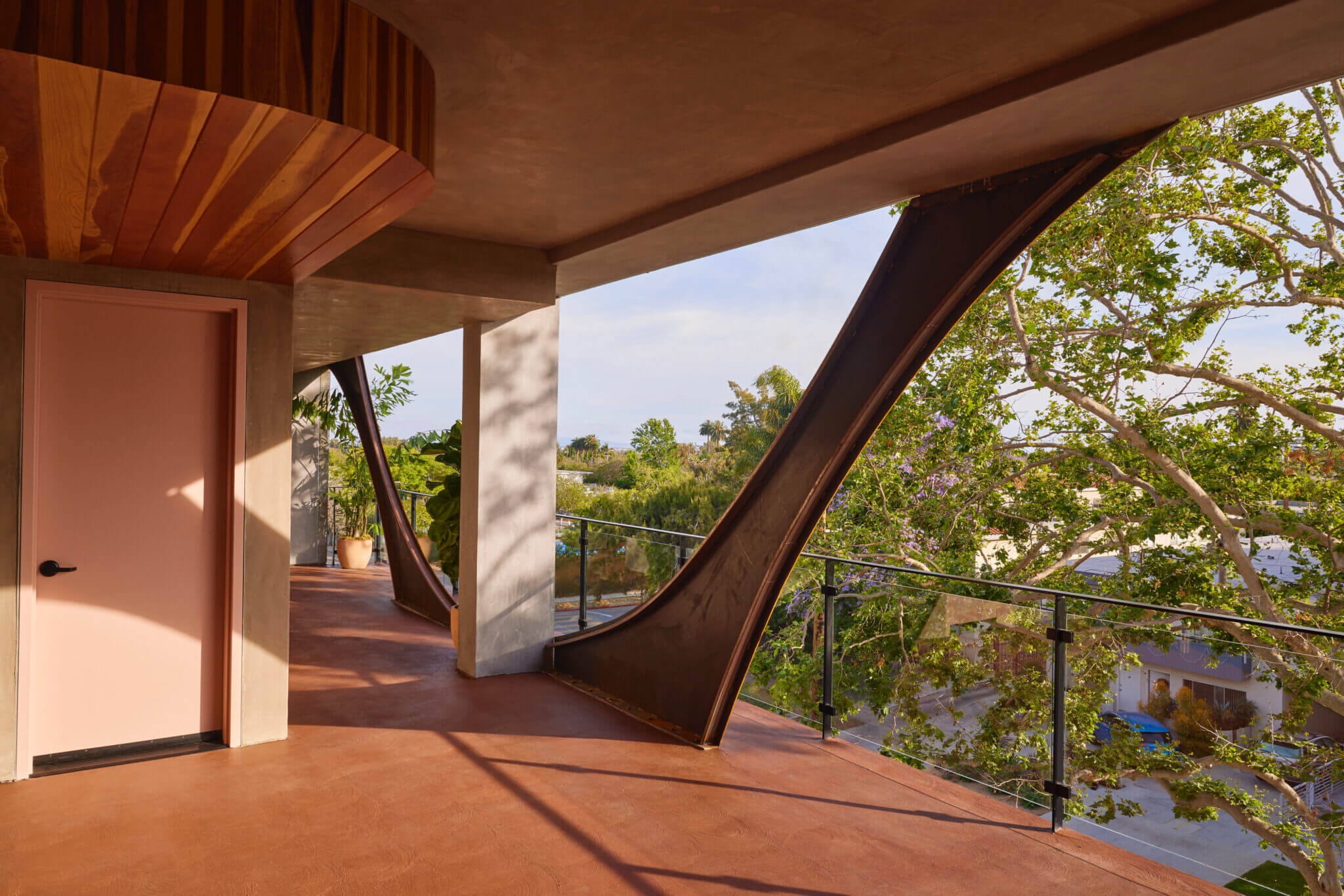
Founder: Valerie Schweitzer
“I love working with Corten steel, both on exterior facades and in interior spaces. It changes and becomes more saturated with orange color as it oxidizes, reflecting time’s imprint. The material is thus dynamic and connected to its weathering environment. Also, when cold-rolled, it can be cut into various shapes to draw out a surprising elegance. It’s as if it has multiple dimensions, from industrial to refined.”









